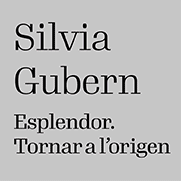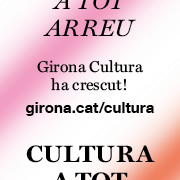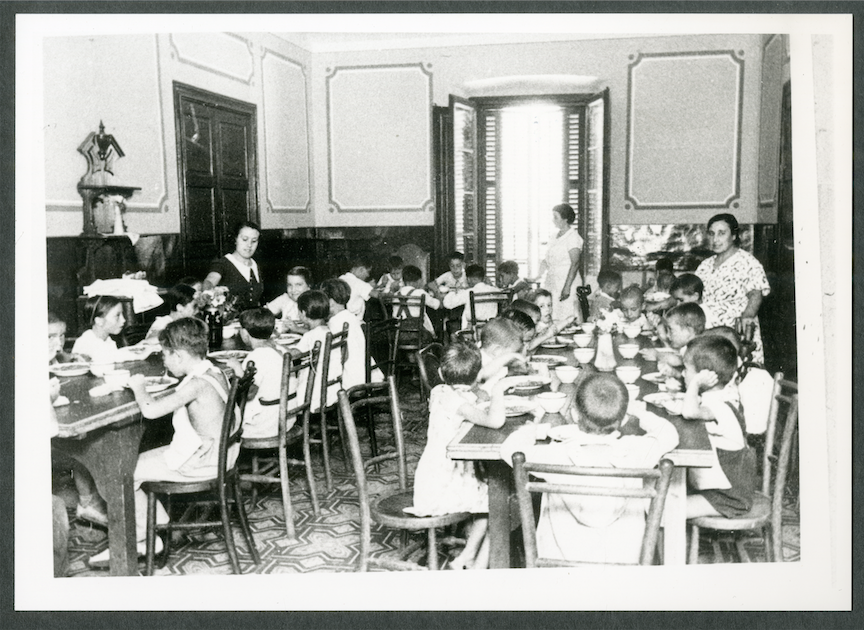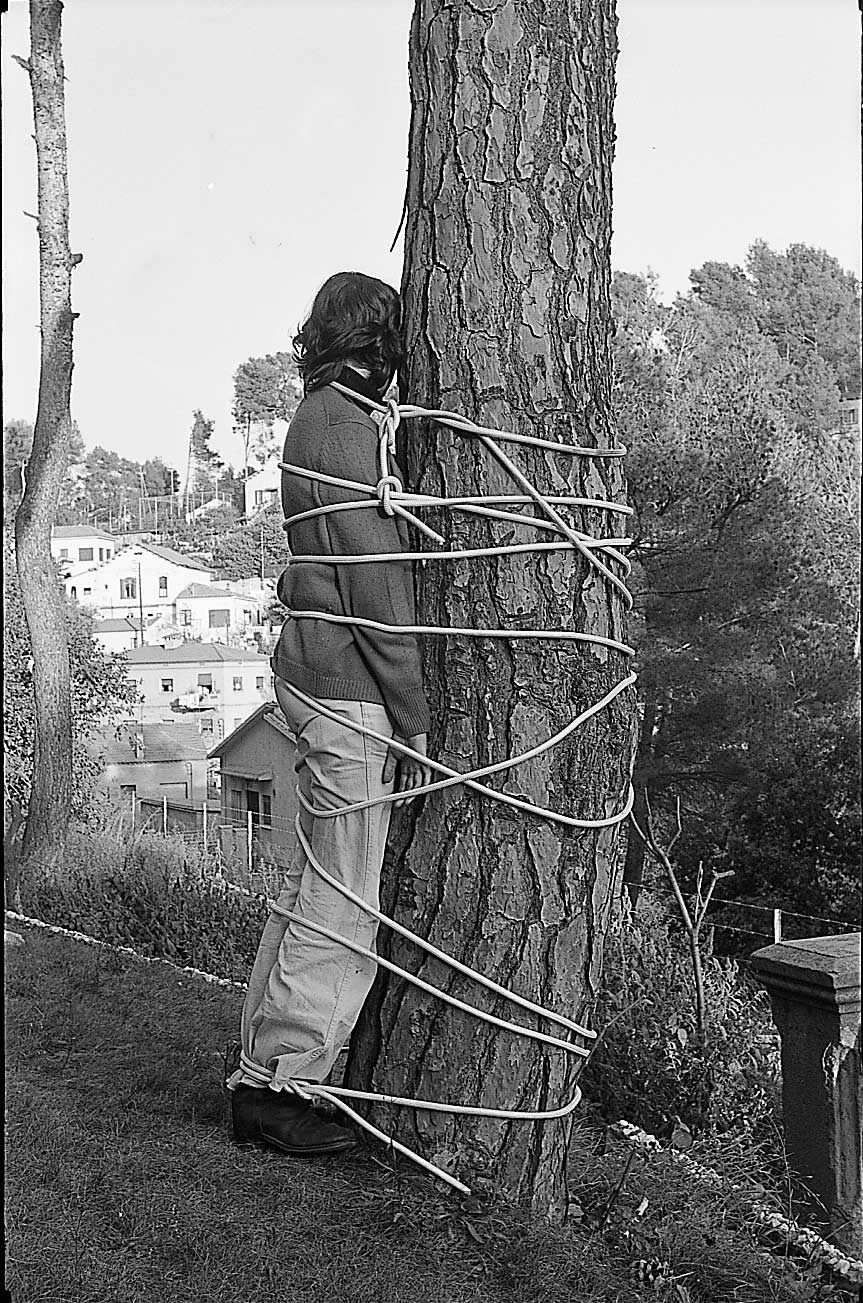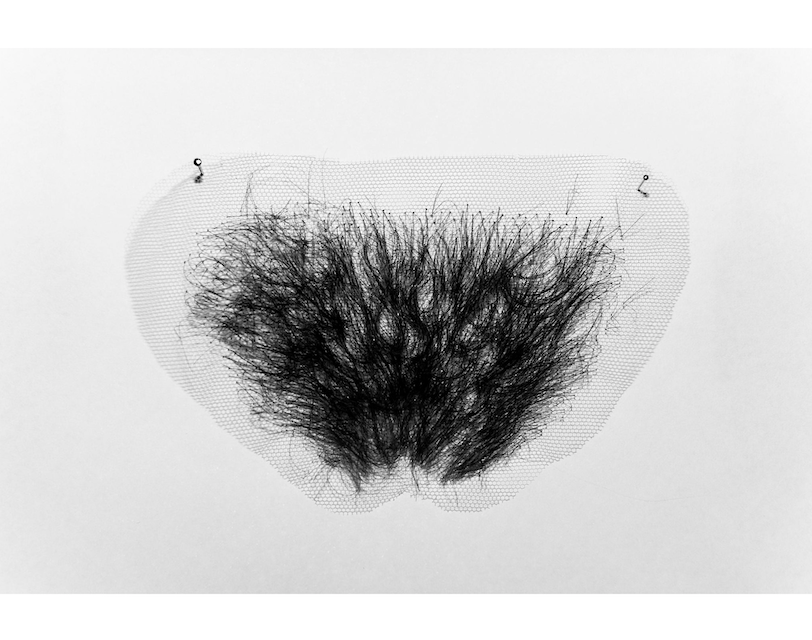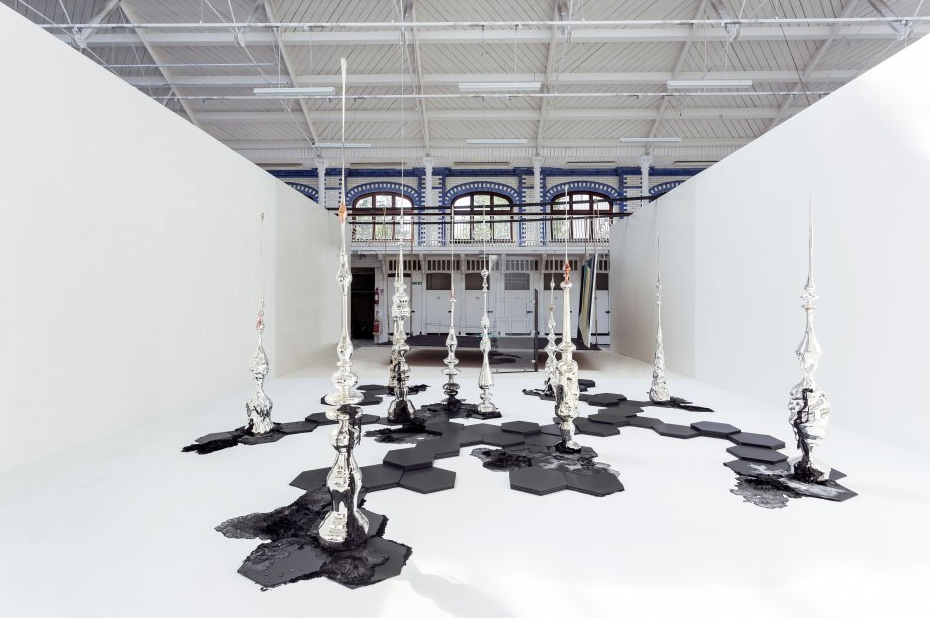reports
Visionary artists and mystical feminism of the 21st century
Artists, whether they are known or invisible in the fog of an androcentric historiography, we are now inspired by new stories that not only expand the history of art
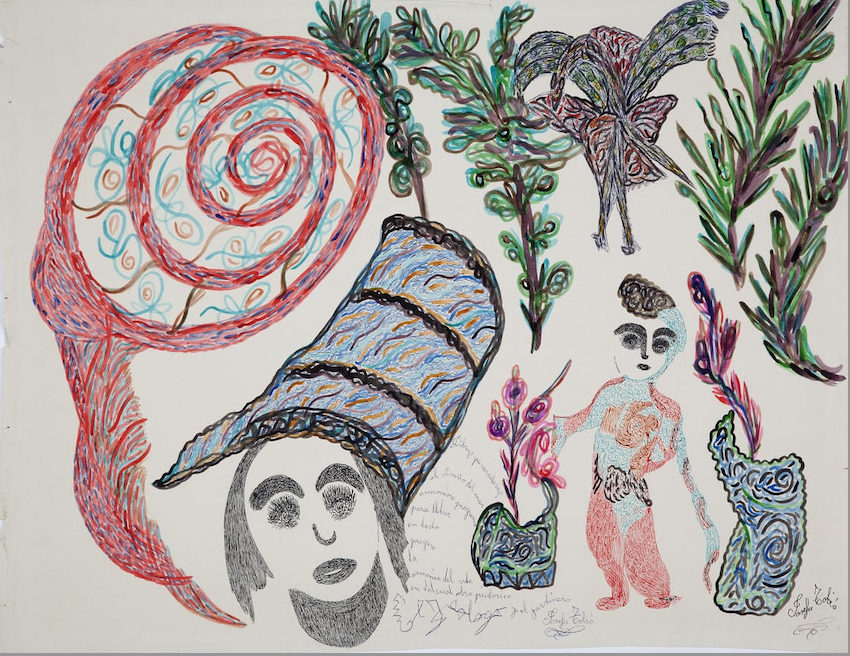
Art is a Guaranty of Sanity is not an advertising slogan, but a small work by the artist Louise Bourgeois (1911-2010), one of the most important creators of contemporary art who reveals to us in this statement a great secret: the 'art is a guarantee of sanity. The message is a handwriting on pink paper, as intimate and fragile as it is provocative in its declaration of the primordial meaning of art: health in holistic terms of harmony between body, mind and soul. And likewise, a path of emancipation from the material world and the great revolt of women in all layers of the history of our planet.
Other guiding phrases are, for example, when Fina Miralles says: "I don't want to be a modern artist but an ancient artist", and Maria Lai reviews that "art leads us hand in hand" or Magda Bolumar recognizes herself in "I don't I think, I feel". These artists, whether they are known or invisible in the fog of an androcentric historiography, now inspire us with new stories that not only expand the history of art but govern its value system. They are visionary women. And I apply the concept visionary to refer to visual and conceptual productions that transcend the physical world and pure formalism, representing an expanded vision of inner knowledge. A broad and open term that encompasses topics and mediations of the soul, based on the experience of the non-physical world and non-rational thought. Everything that the eyes do not see and that the education system does not teach.
Visionary Women Art
From the urgency of other hermeneutics for contemporary women's art, I encouraged the creation of an international and independent research group, in 2019, in relation to the ALMA exhibition at the Es Baluard museum in Palma dedicated to seventeen medium European artists born before 1918, the group Visionary Women Art. Artists, historians, anthropologists or psychologists experience the research relationship as a learning opportunity; and now, encouraged by the Art Critic Association (ACCA) award, in the research section. For us, the term "visionary women" is simple and exciting. It can encompass artists, scientists or philosophers, among other activities and dedications, who produce works or ethical profiles that transcend the material world and the capitalist productive system, representing an expanded vision of inner knowledge while seeking a collective transformation. Also preserving ancestral traditions and knowledge, experiences and perceptions worked on in the "Academy of Love", as we were able to see in the Venice Biennale of 2022. Cecilia Alemani brought together heterodox creations, from the 19th to the 21st, linked to the relationship with nature and life that we must protect, and the non-binary culture to preserve. Artists, in the oldest and most critical sense, who practice diverse mediums, interweaving prehistory with contemporaneity, magic with artificial intelligence or spirituality with astrophysics.
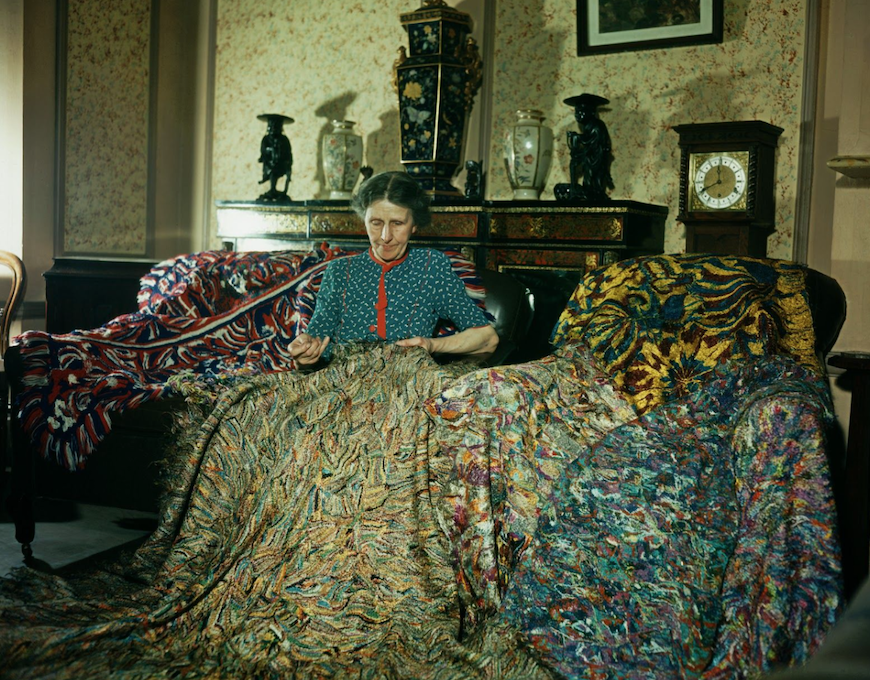
Regulate androcentrism
The historical trajectory of Hilma af Klint, Madge Gill, Unica Zürn, Emma Kunz, Louise Bourgeois, Ana Mendieta, Nancy Holt, Cecilia Vicuña, Maria Lai, Josefa Tolrà, Fina Miralles and many others, as well as the most current ones, it gives an opportunity to rule dominant lexicons and semiotics by mining the depths of our culture in favor of a future that is not art, but life. I do not mean visionary art as a style, technique or era, but the visionary creativity of women who perceive the energy of life in the message and actions of art and beyond art.
Visionaries we!
In fact, it's not just a question of knowing how to document their experience, we also need to let ourselves be inspired by them and rebel against our historiographical inertia: they are visionaries, we are visionaries! Under the energy of the pink paper manifesto, we can weave the life and work of creative women and artists born at the end of the 19th century in Europe. Authors who have left us life experience, sealed in the scars of grief and the inner vision that now magnetizes the generations of the 21st century. This is the field and context of my work, peripheral to the brands of the Catalan medium Josefa Tolrà or the British Madge Gill. The authors share creative processes activated in the darkness of their existential pain. We can appreciate it in the exhibition La mà guiada, at the MNAC, a curatorial project that feeds the path of an art historian. They invite us to leave the paths of the patriarchal intellect in favor of unregulated senses, emotions or mystical experience and esoteric knowledge. Its impact among the feminist generations of the 21st century is the measure of its greatness and its power. Pilar Bonet Julve


